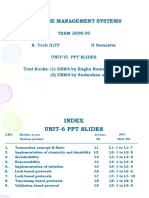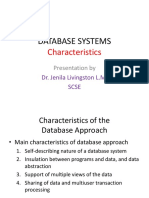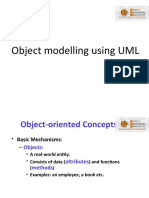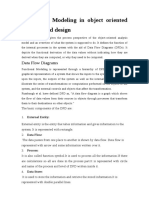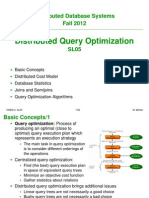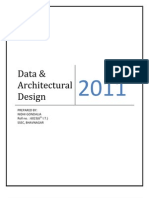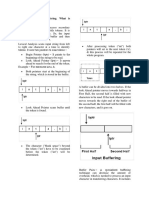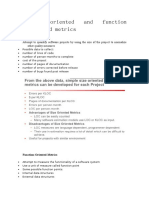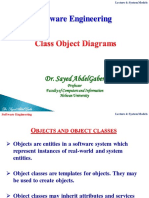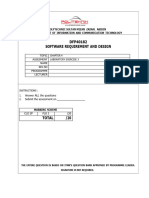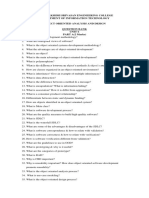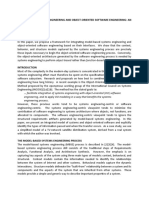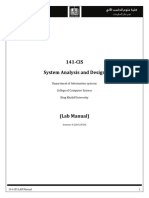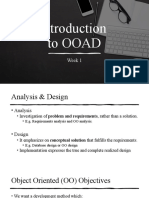0% found this document useful (0 votes)
1K views18 pagesSoftware Engineering - Lecture 4 - System Models
System modeling involves developing graphical models to represent different views of a system using techniques like the Unified Modeling Language (UML). Models help analysts understand system functionality and communicate with customers. There are existing models of current systems and planned models of new systems, using perspectives like external/contextual, interaction, structural, and behavioral. Common UML diagram types are class, use case, sequence, activity, and state diagrams.
Uploaded by
Nevein AbdoCopyright
© © All Rights Reserved
We take content rights seriously. If you suspect this is your content, claim it here.
Available Formats
Download as PDF, TXT or read online on Scribd
0% found this document useful (0 votes)
1K views18 pagesSoftware Engineering - Lecture 4 - System Models
System modeling involves developing graphical models to represent different views of a system using techniques like the Unified Modeling Language (UML). Models help analysts understand system functionality and communicate with customers. There are existing models of current systems and planned models of new systems, using perspectives like external/contextual, interaction, structural, and behavioral. Common UML diagram types are class, use case, sequence, activity, and state diagrams.
Uploaded by
Nevein AbdoCopyright
© © All Rights Reserved
We take content rights seriously. If you suspect this is your content, claim it here.
Available Formats
Download as PDF, TXT or read online on Scribd
/ 18







